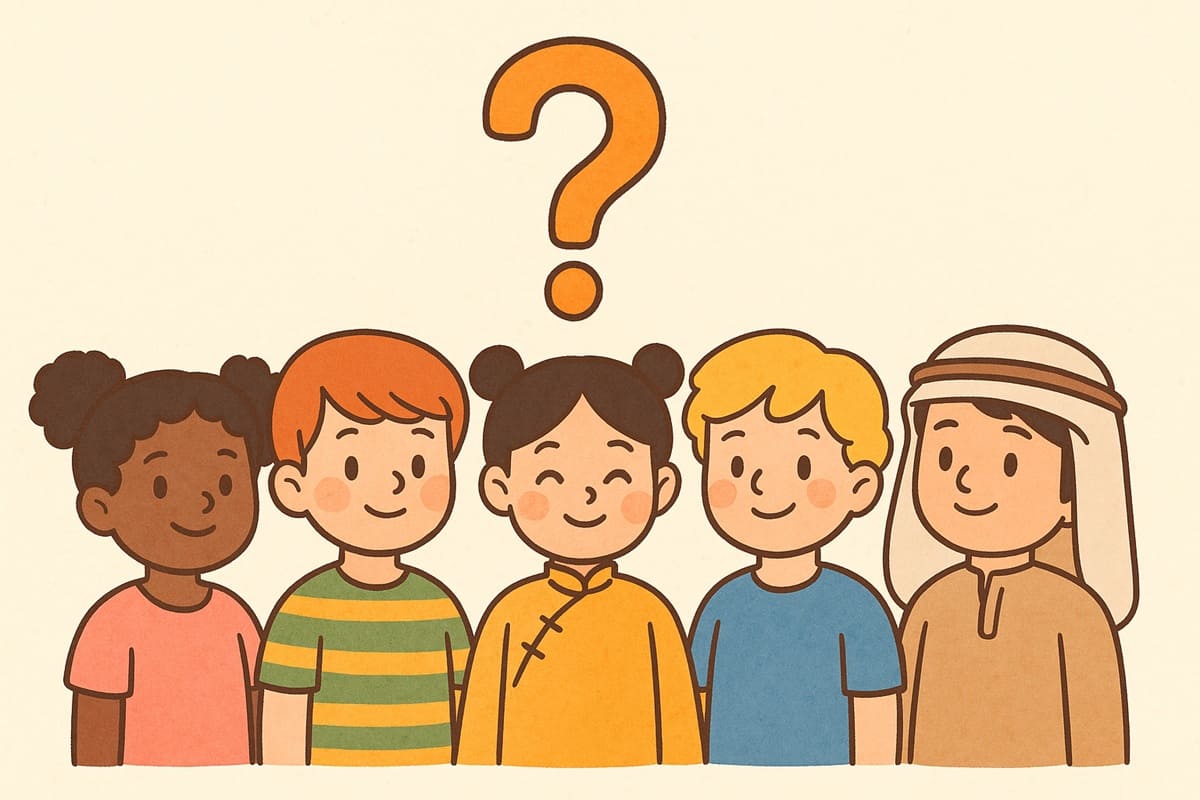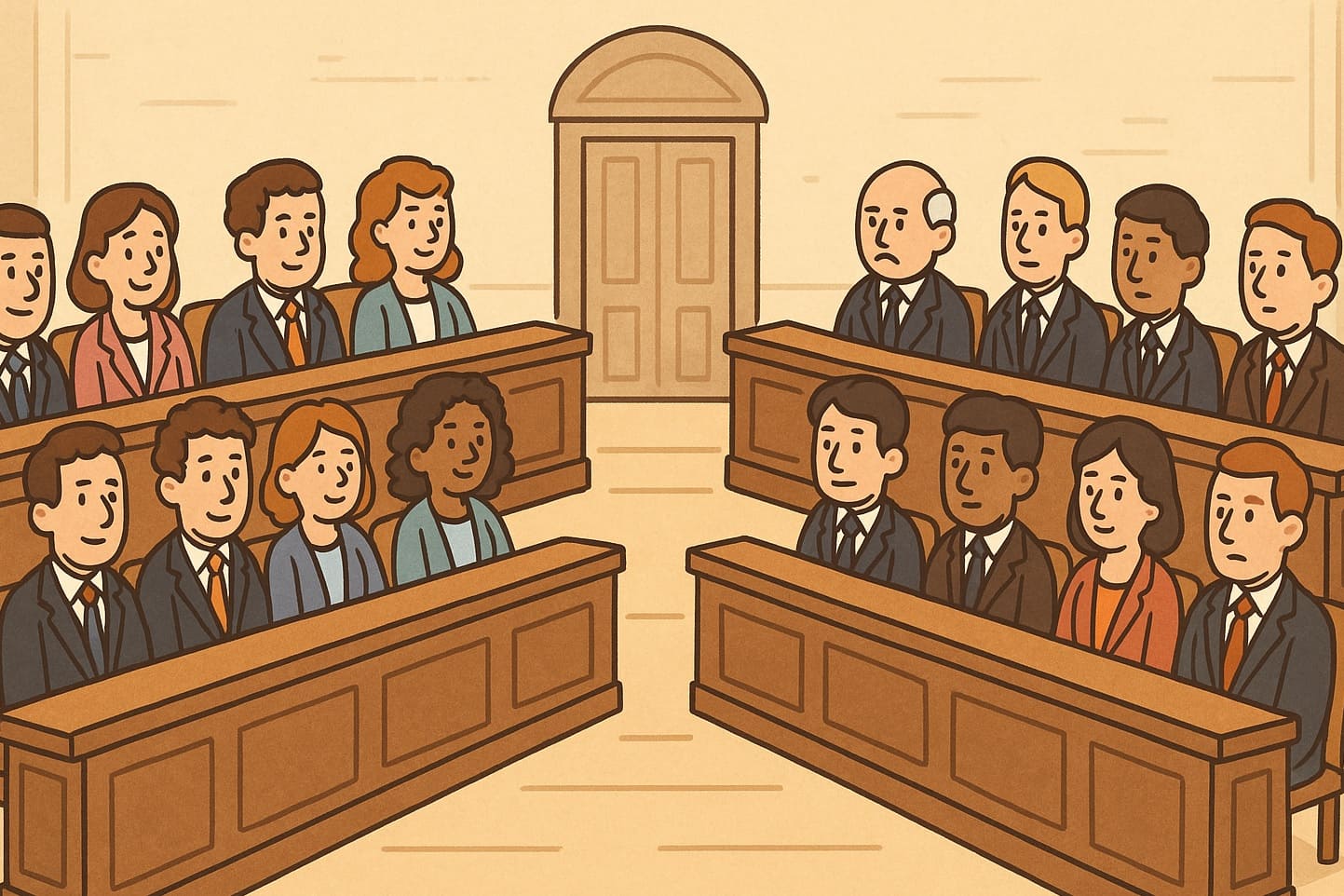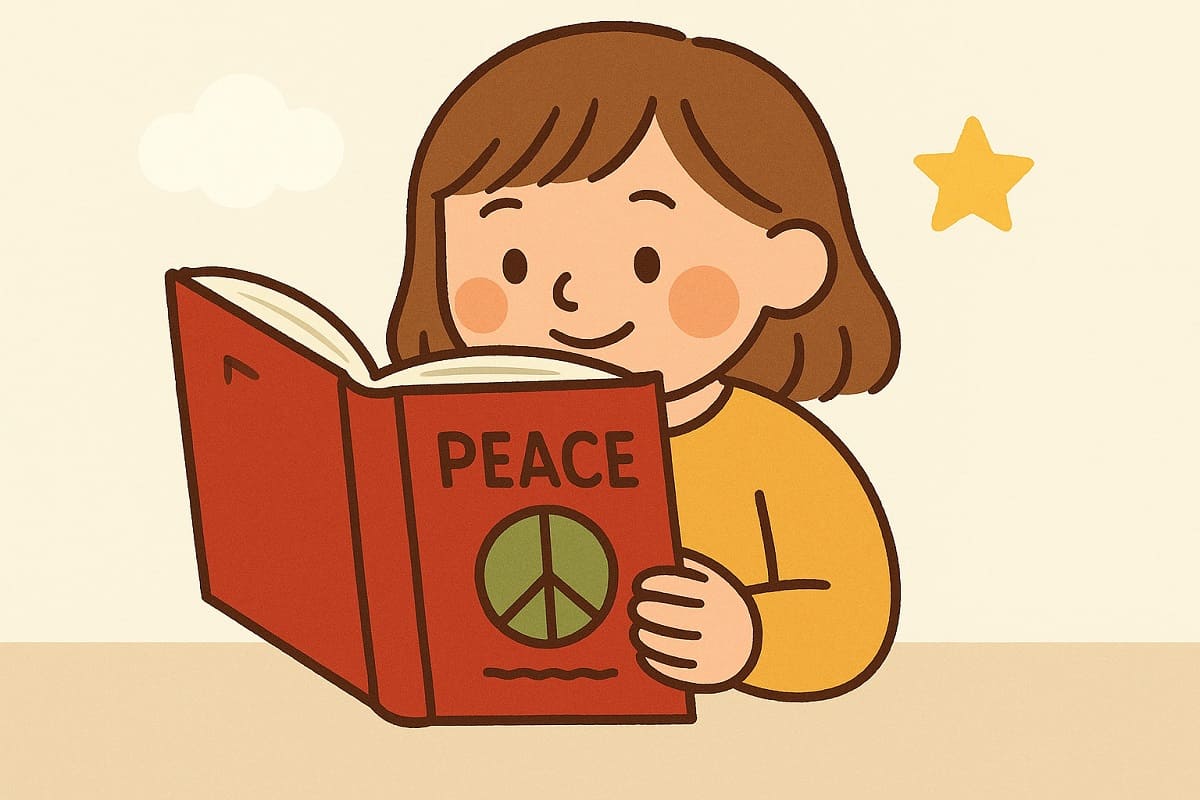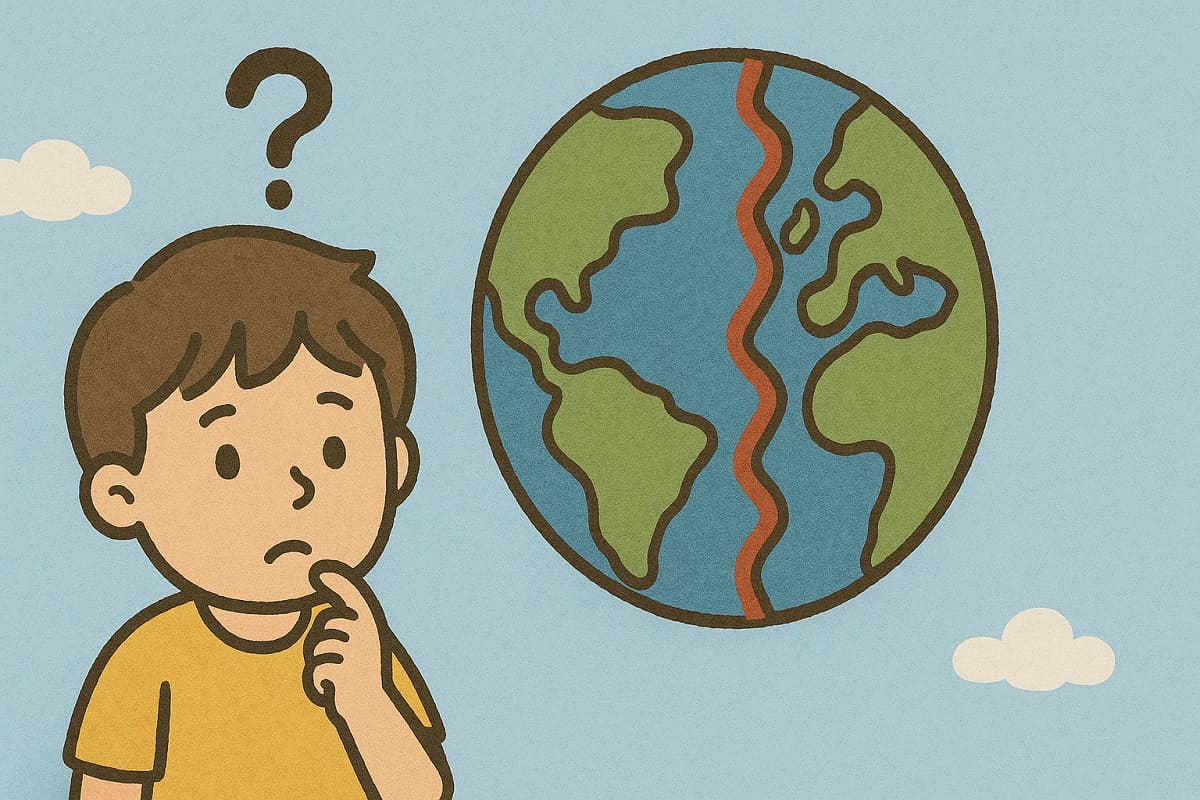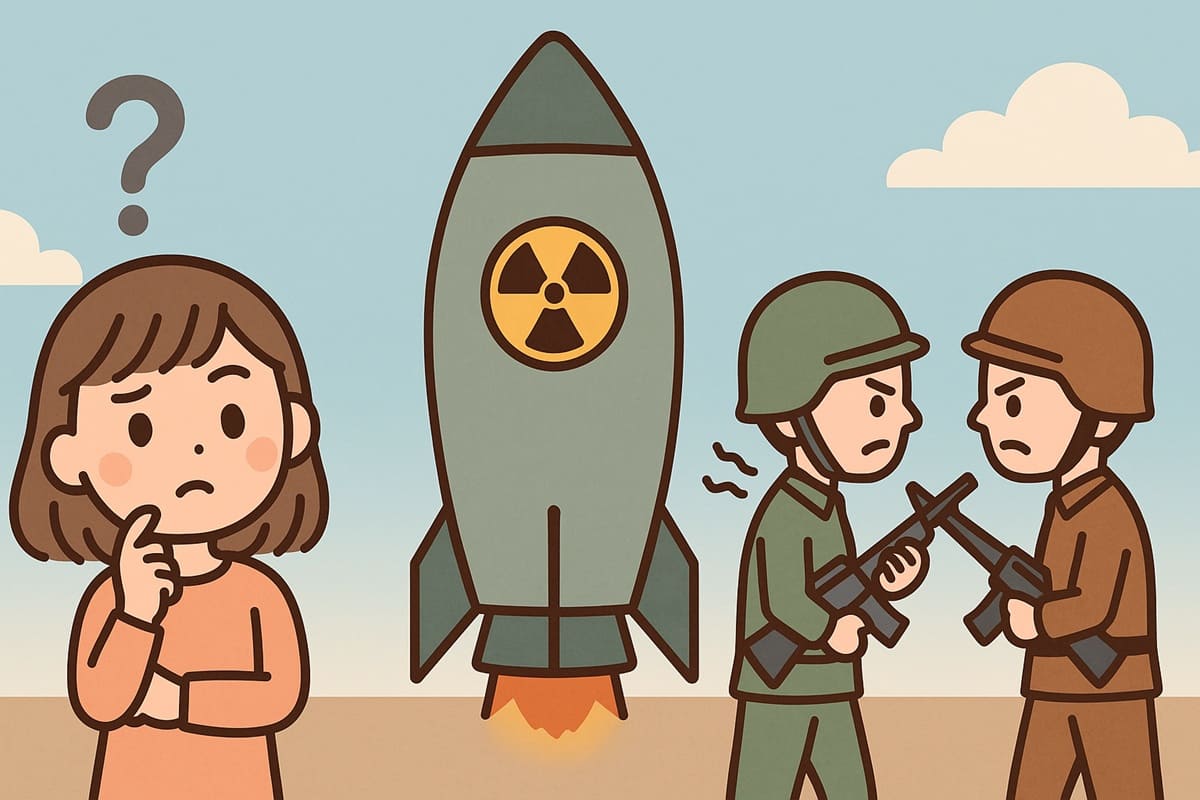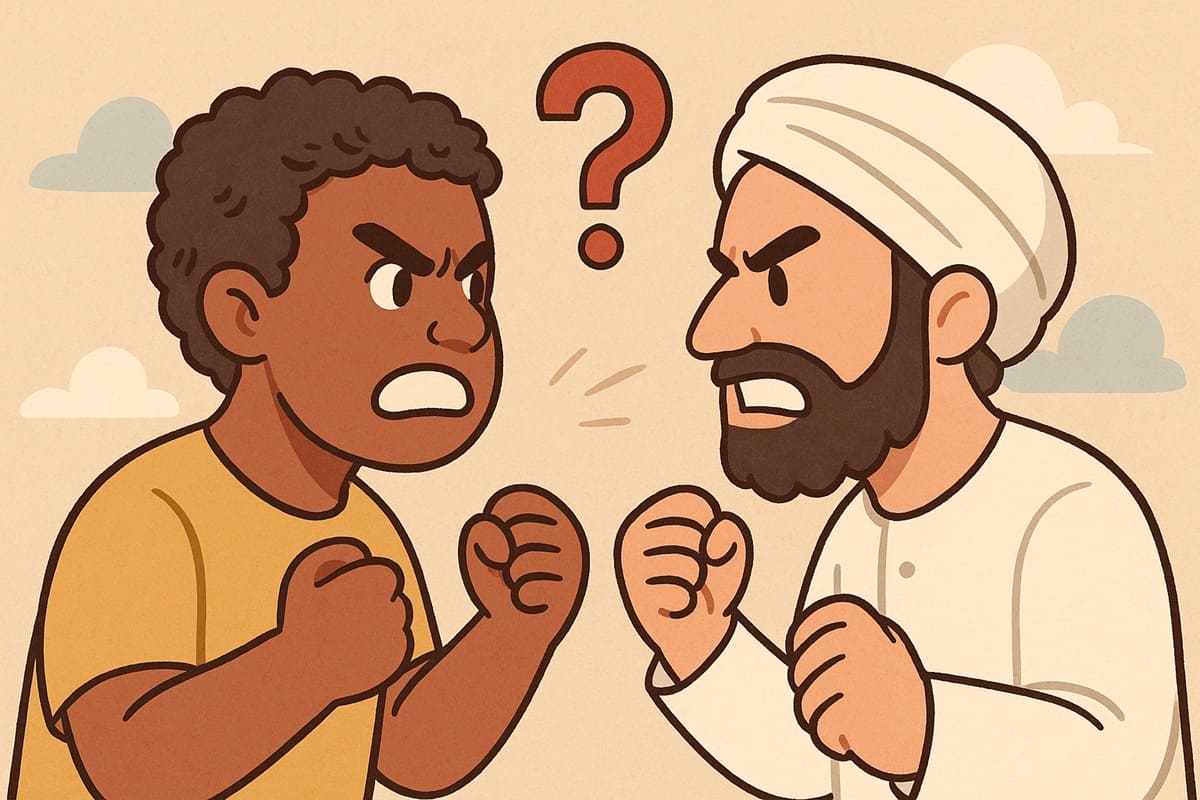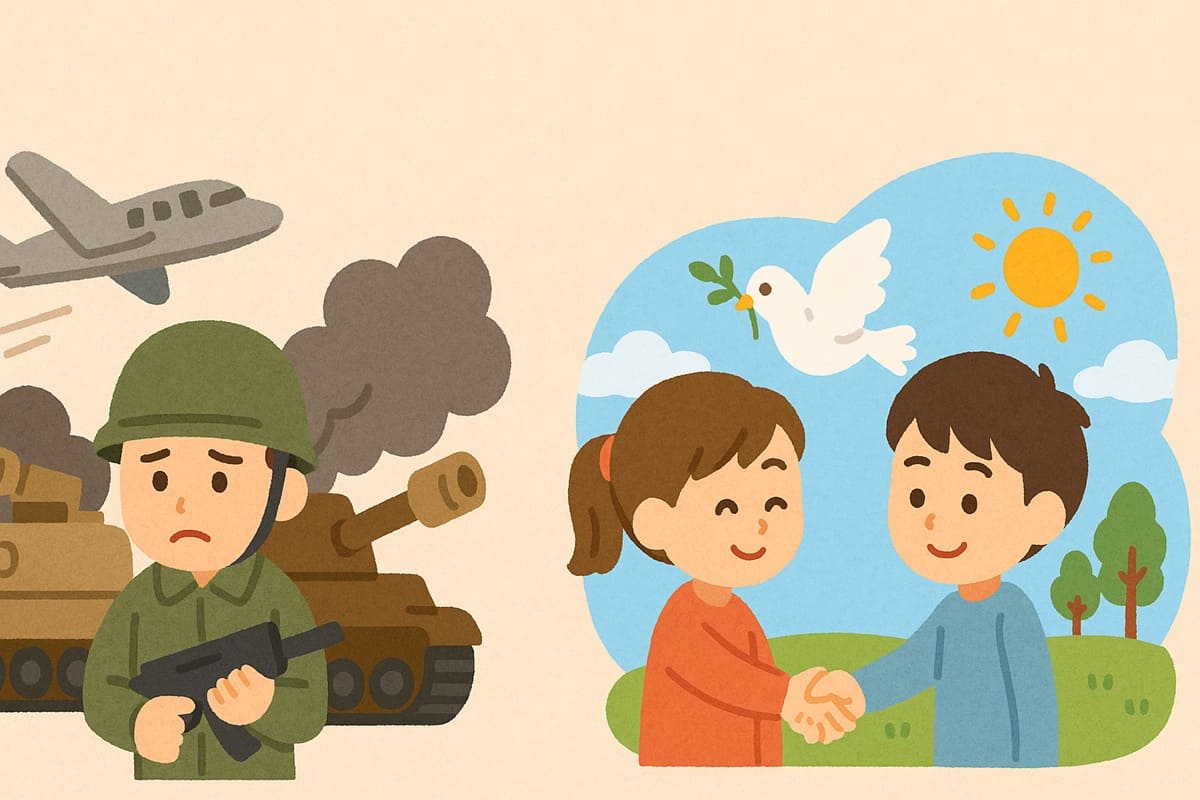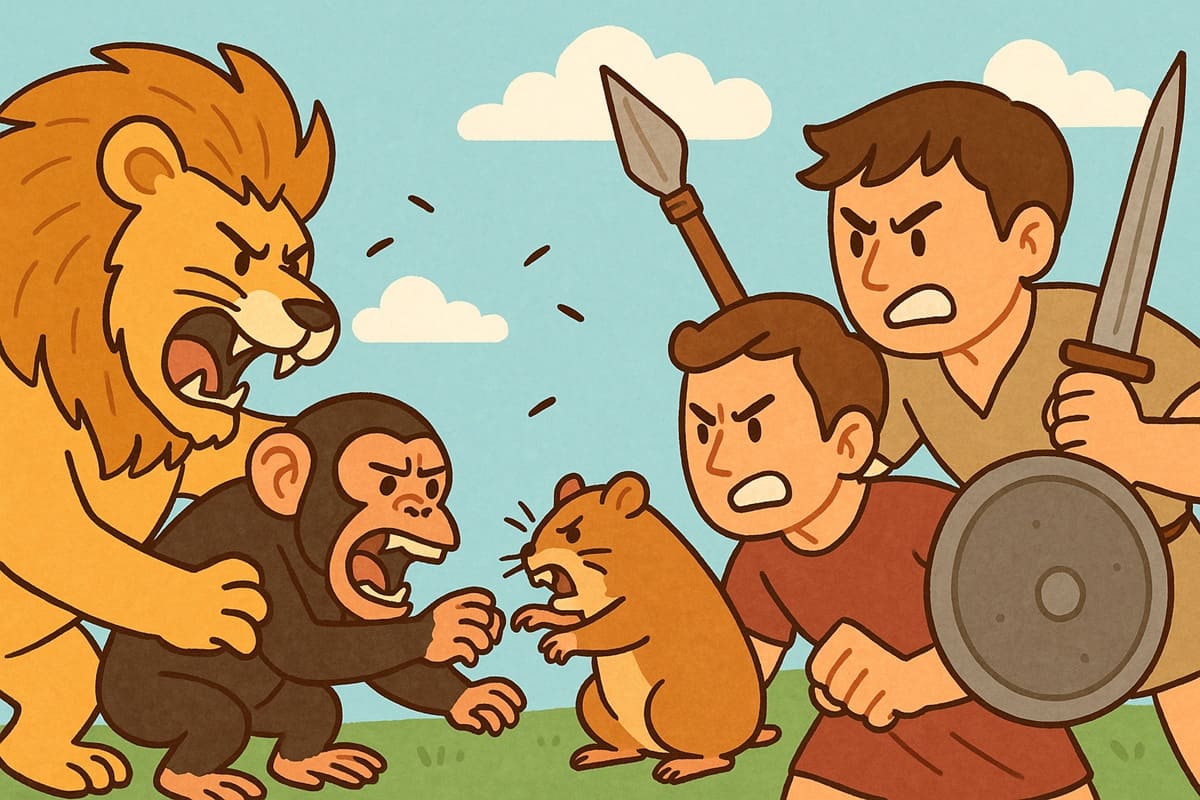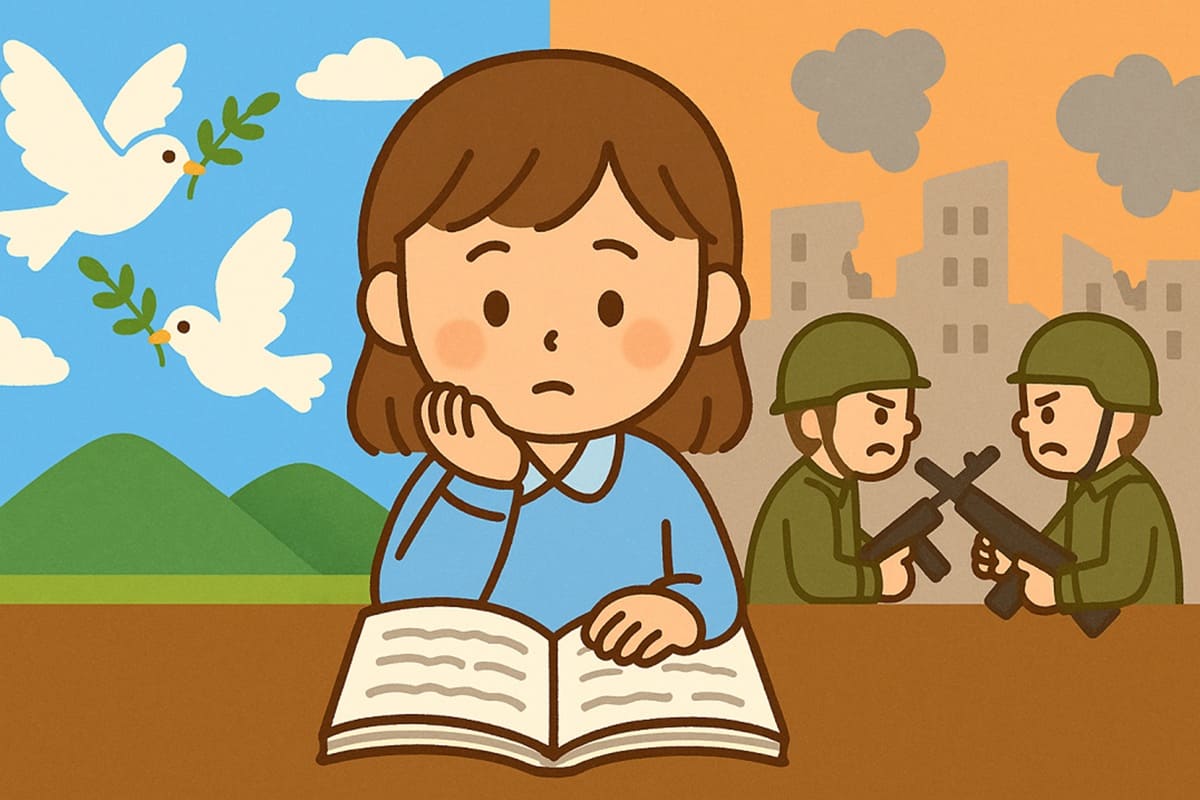What Is the Relationship Between War and Music?
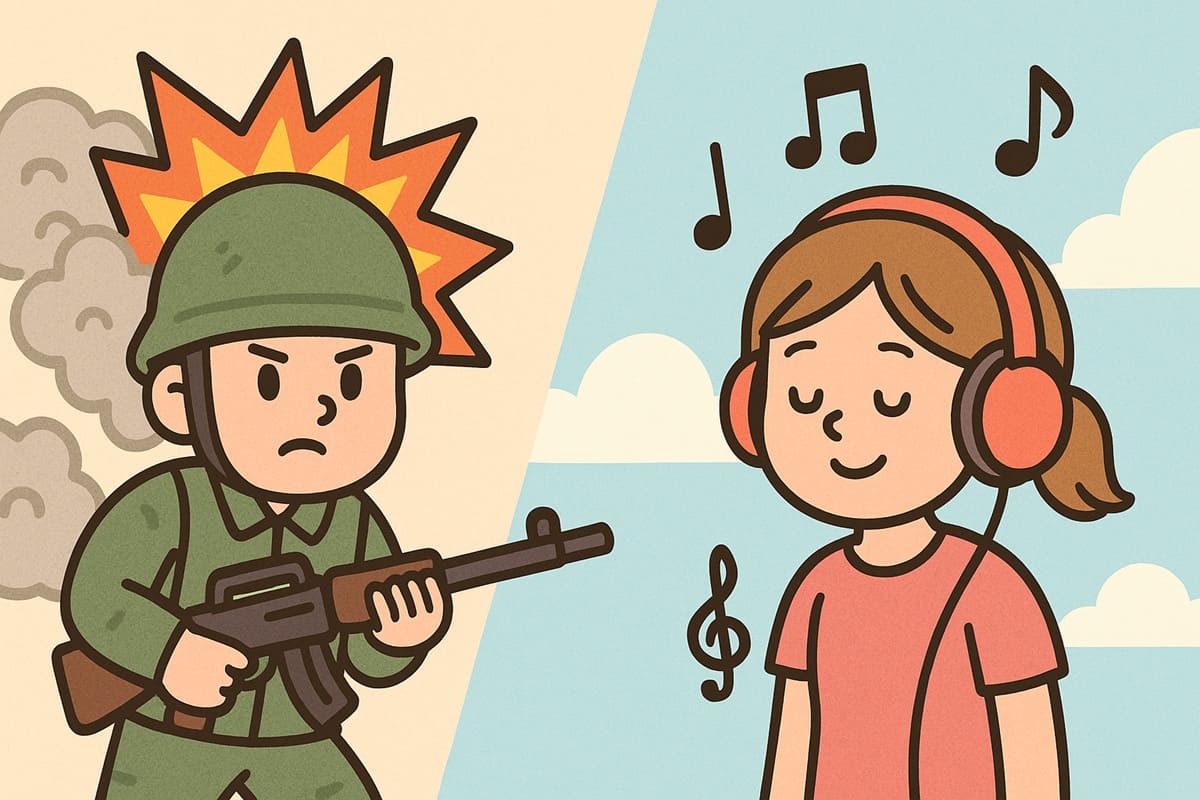
“War” and “music”—what kind of images come to mind when you hear these two words?
When we think of music, we usually imagine something that lifts our mood, calms our heart, or brings people together at a fun event. But in reality, music has had a deep and complex relationship with war throughout history.
In this article, we’ll explore the question “What is the relationship between war and music?” from historical and psychological perspectives.
Music Has Always Been Present on the Battlefield
The connection between war and music goes back a long way. For example, during the Napoleonic Wars in the early 19th century, soldiers would play drums and trumpets on the battlefield. This wasn’t just for show. Music played a role in boosting morale, keeping marching in sync, and even delivering commands.
As warfare evolved, music became more and more important. In the 20th century, during World War I (1914–1918), soldiers in the trenches would sing songs or listen to music on portable record players to distract themselves from fear and loneliness.
In the United States, a patriotic song called “Over There” became a massive hit and was used as propaganda to encourage young men to join the military. This connection between war and music expanded even further during World War II (1939–1945), when music was broadcast through radio and film to spark a sense of motivation across the nation—like flipping on a “go mode” switch for the entire public.
Music That Sparks Motivation? Songs That Boost Morale
Marches and military songs are often used during times of war. These kinds of music tend to have several common features:
- A fast tempo and clear rhythm
- Memorable melodies
- Lyrics that include words like “victory,” “homeland,” and “courage”
- Easy to sing together in a group
For example, the World War I favorite “Pack Up Your Troubles” had a cheerful, upbeat melody and a positive message: “Smile and keep going, no matter what.”
Songs like this were very effective in helping soldiers overcome their fear and find courage. Marching to the beat or singing together with comrades created a sense of reassurance—“I’m not alone”—and strengthened team unity.
In this way, music supported not only individual soldiers but the morale of the entire society engaged in war.
Songs That Say “War Is Wrong”
But music wasn’t only used to support war. In fact, many artists used music to spread the message that “war is wrong” and “peace is important.”
For example, the 1915 American song “I Didn’t Raise My Boy to Be a Soldier” criticized war from a mother’s perspective, expressing the sentiment: “I didn’t raise my son to kill someone else.”
Especially during the Vietnam War in the 1960s, anti-war music became a major movement. Folk singers like Bob Dylan and Joan Baez performed songs of peace with nothing more than a guitar, and many young people deeply resonated with their message.
One of Bob Dylan’s most famous songs, “Blowin’ in the Wind,” poetically asks deep questions about injustice and war with the repeated line: “The answer is blowin’ in the wind.”
These “anti-war songs” didn’t just make an impact through listening. By singing them together at protests or rallies, people created a sense of unity and shared hope for peace.
The Power of Music to Move Hearts — A Psychological Perspective
So, why does music have such a strong impact on our hearts?
Psychological research has shown that music has the power to stir human emotions deeply. For example, you may have experienced how upbeat music can lift your mood, while sad music can make you feel melancholy.
During times of war, this “emotional switch” was often used strategically to influence the feelings of soldiers and citizens.
Marches, for example, not only helped soldiers keep in step, but also naturally sparked a sense of “let’s go forward!” This is because the tempo and repeated rhythms in music affect the brain and can generate motivation and excitement.
After a war ends, music can also be used for healing. Soldiers who have gone through painful experiences may find emotional relief by expressing their feelings through music. Recently, “music therapy” has been studied as a way to help people suffering from PTSD (post-traumatic stress disorder).
Conclusion: Is Music a Tool of War or a Prayer for Peace?
As we’ve seen, music has been used in many different ways during war:
- To raise soldiers’ morale
- To unify a nation
- To spread anti-war messages
- To heal emotional wounds caused by war
Sometimes, music drives people toward conflict, while at other times, it delivers voices of peace.
In other words, it’s not about whether music itself is “good” or “bad.” What matters is how it’s used and for what purpose.
When we enjoy music, if we also pay attention to the messages and history behind it, we may come to understand the true power that music holds.
And as we move into the future, let’s hope music continues to be used—not for conflict—but for the cause of peace.
Main References
- O’Keeffe, E. (2023). Bold as brass: Napoleonic Wars veterans and the origins of Britain’s brass band tradition. University of Cambridge.
- Okada, A. (2014). Music. In 1914-1918-online. International Encyclopedia of the First World War.
- HistoryNet Staff. (2006). The Music of War. HistoryNet.
- Pieslak, J. (2009). Sound Targets: American Soldiers and Music in the Iraq War. Indiana University Press.
- Deutsche Welle. (2025). Vietnam War: How protest music fueled a movement.

